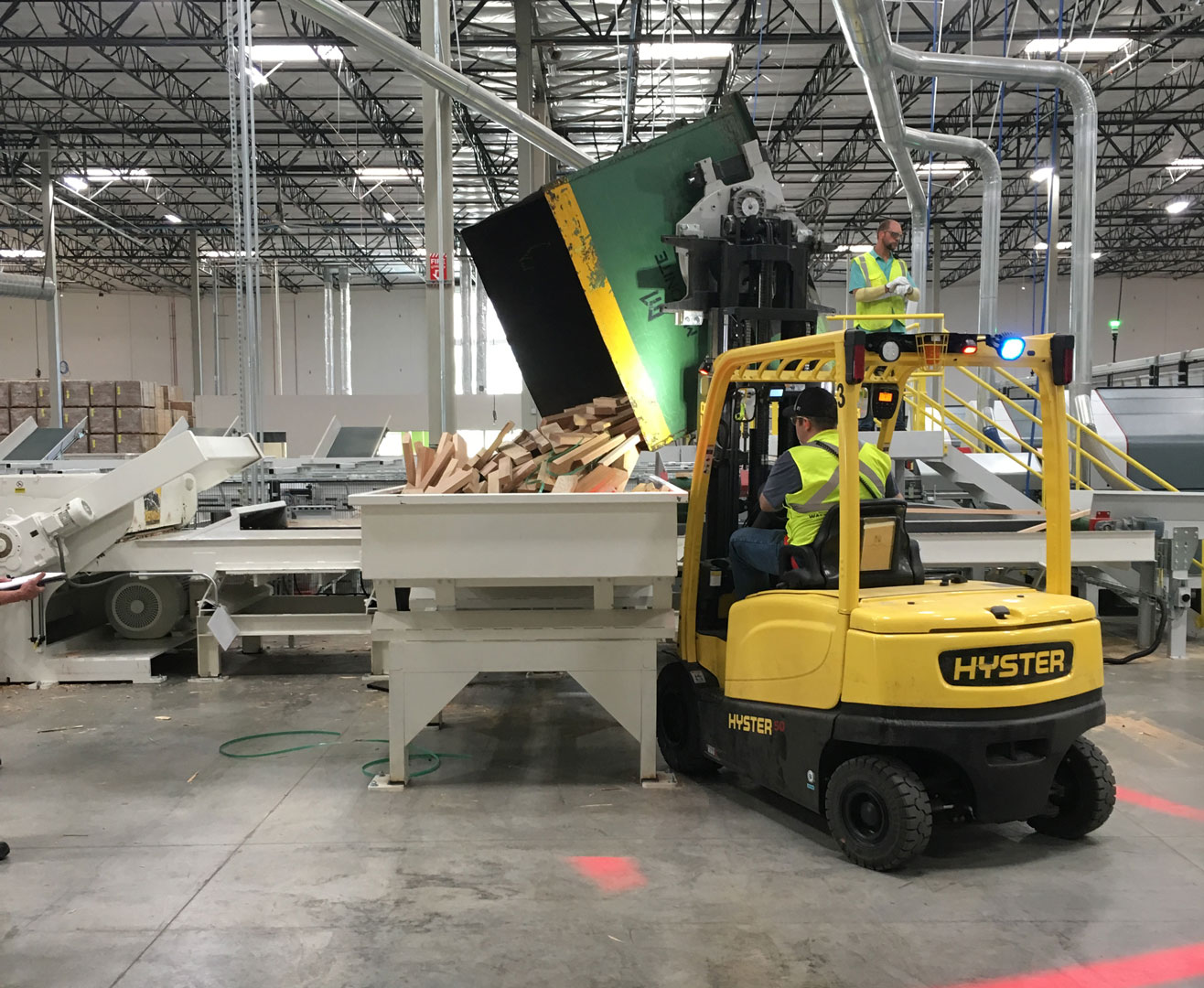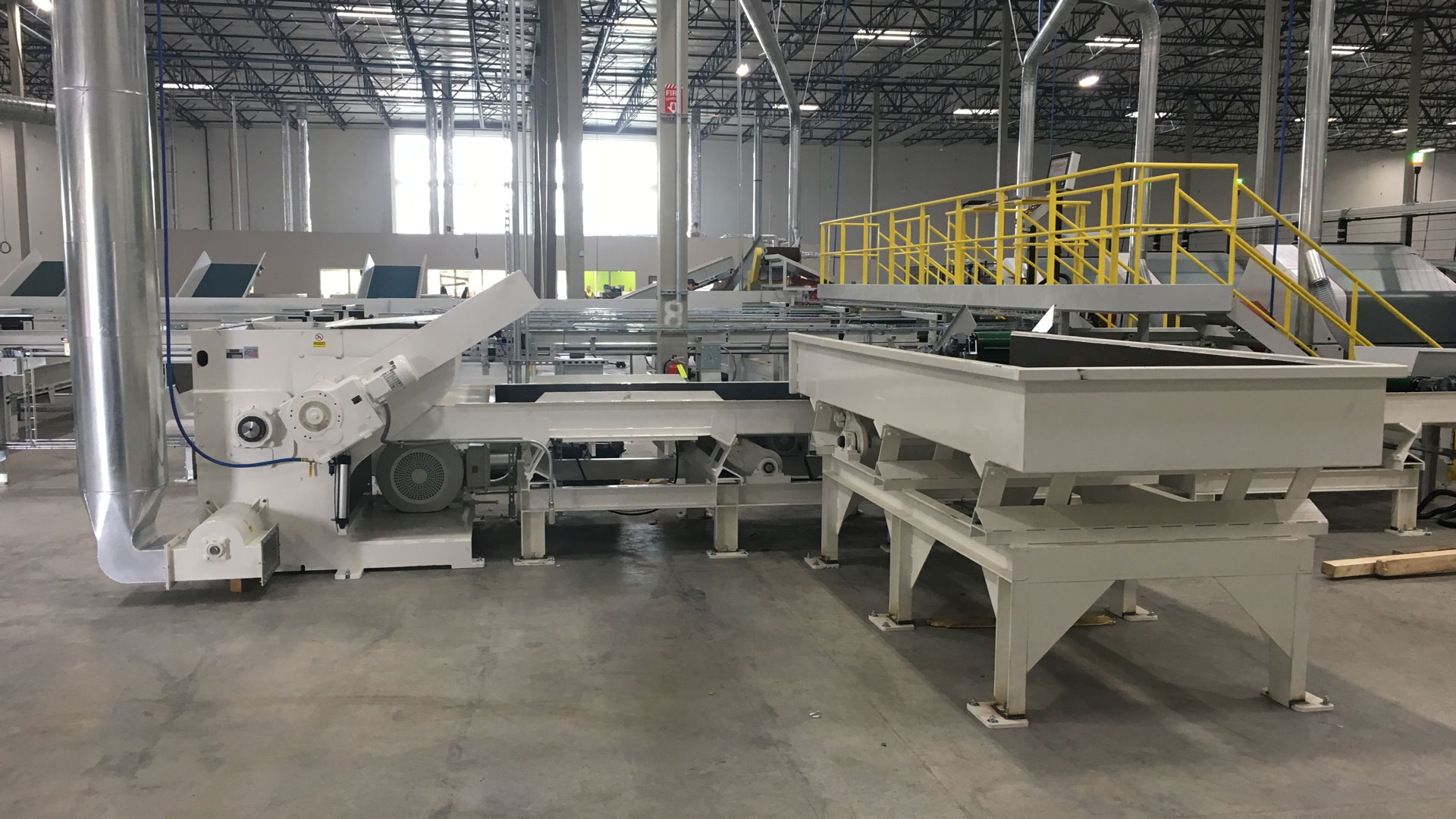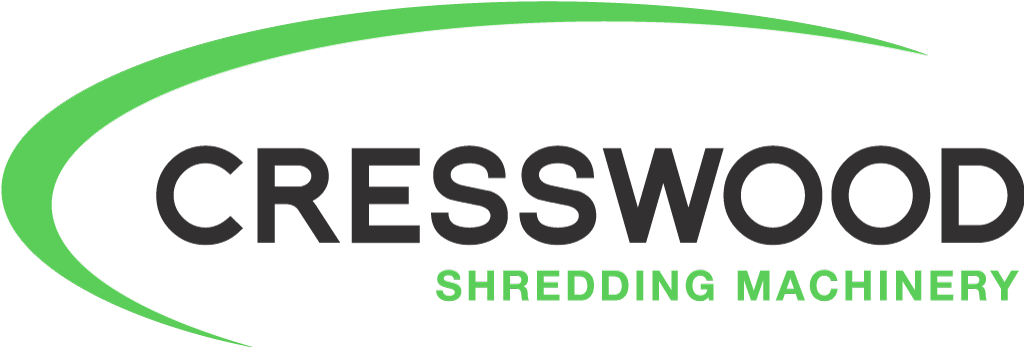
Different Approaches to Grinding Wood Waste: Centralized Grinding vs. Zone Grinding
In some cases, especially for larger companies running multiple CNC work centers, having just one centralized grinder isn’t going to provide the most efficient system for managing the shop’s total recycling needs. This is where zone grinding offers much better and more versatile solutions for each work area’s specific needs. A zone grinding strategy means setting up multiple right-sized grinders within the individual work centers of your shop, and routing the waste away via air or an already existing dust collection system. This results in eliminating all the inefficient manual re-location of the majority of your wood waste to a centralized grinder, immediately making your shop more efficient, productive, and profitable. Zone grinding also helps you protect employees by allowing them to maintain proper social distancing requirements. Alone, or especially in conjunction with a large centralized wood waste grinder, zone grinding will drastically help to reduce the waste of transportation and multiple handlings of wood scrap materials.
Today’s proactive and cost-conscious woodworking manufacturers are looking for:
- Autonomous “no-touch” wood waste recycling solutions contained within individual work cells
- Reliable, easy to operate, and right-sized equipment with a minimal footprint
- Efficient wood waste disposal “at-the-source” to keep workers focused on value-adding activity
- Elimination of unnecessary material handling costs and risks of exposure

